The building style known as kurazukuri involves an expensive process of making solid structures with multi-layered, clay-covered walls. The resulting buildings are much more fireproof and harder to break into than traditional wooden ones, making them desirable to wealthy merchants wanting to protect their wares.
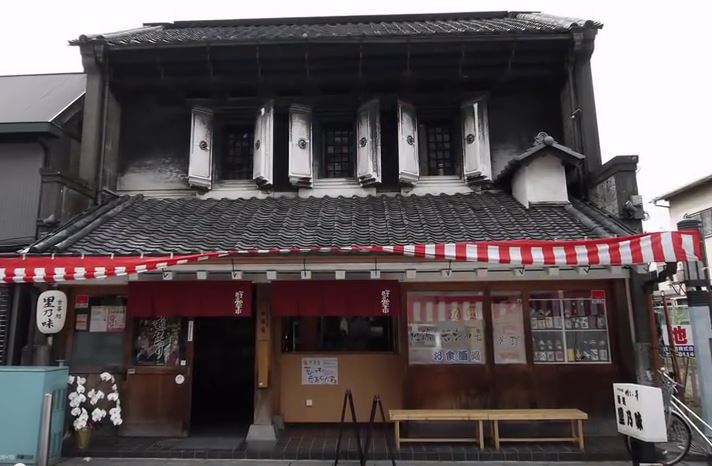
Kurazukuri district buildings in Kawagoe
Kawagoe was a thriving town doing business with Edo, present-day Tokyo, in the Edo Period, so many people were able to afford warehouses in this costly style.
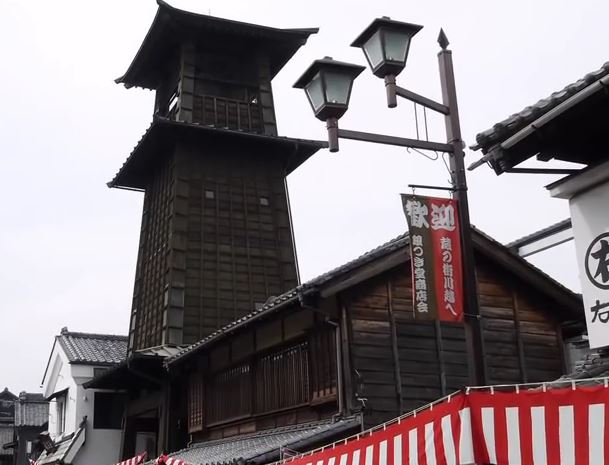
Kurazukuri area Bell Tower in Kawagoe City
Today the traditional buildings with elegant tile roofs in the Kurazukuri district 蔵造り attract many visitors.
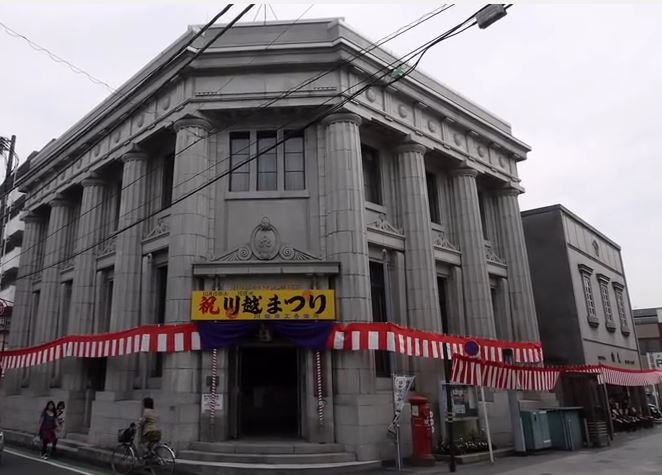
Kurazukuri district buildings in Kawagoe City
Most have been converted into boutiques and restaurants, making a visit to the area a fun afternoon stroll. Shop hours vary.
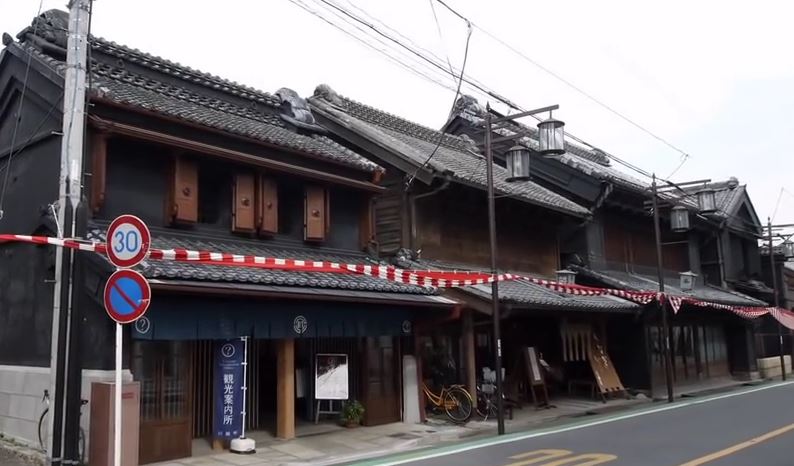
Kurazukuri district buildings in Kawagoe Saitama
Tokyo, due to the Great Kanto Earthquake of 1923 and the destruction of vast areas during WWII, had Kurazukuri building style disappear in favour of faster and cheaper building methods.
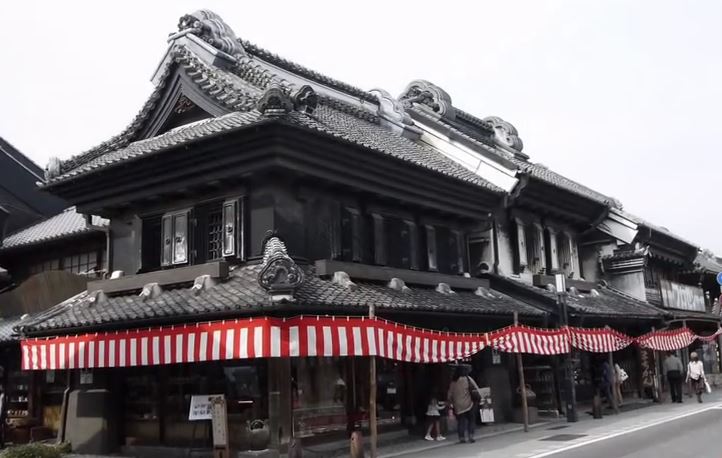
Kurazukuri buildings in Kawagoe City
For those interested in the architecture, stop by the Museum of Kurazukuri 川越市蔵造り資料館, which shows how the walls are constructed. It also gives visitors a look into what the shops were like behind the front room open to customers, and there are old machines showing some of the methods of production.

Museum of Kurazukuri 川越市蔵造り資料館
The Museum building was adapted from a wholesale Tobacco store from Edo times.
The museum is open from 9 am to 5 pm, but is closed Mondays, or the following day of Monday is a national holiday. It is also closed December 28 through January 4. Admission is 100 yen for adults, 50 yen for high school and university students, and free for anyone junior high school age or younger.
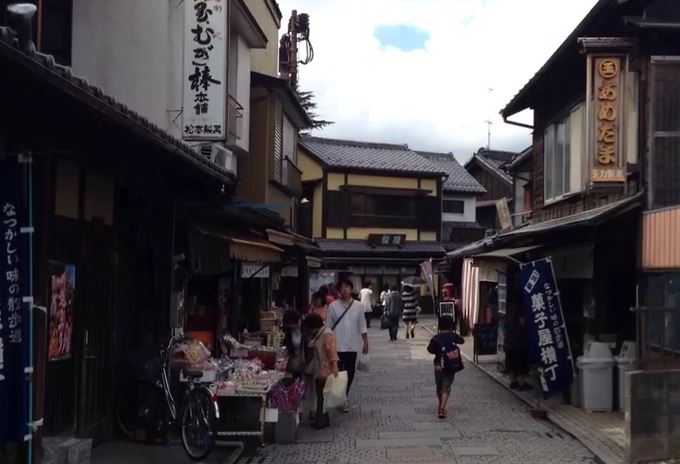
Kashiya Yokocho Penny Candy Lane Stroll
Be sure to also visit the Candy Alley close by called Kashiya Yokocho 菓子屋横丁 where you can try (and buy!) traditional Japanese sweets and enjoy the Edo Period ambiance.
The Kurazukuri District is about a 10 minute walk from the Hon-Kawagoe Station along the main road. Both the Eagle and Tobu loop buses have multiple stops in the district.